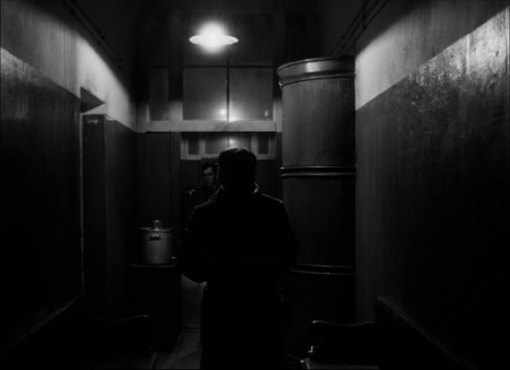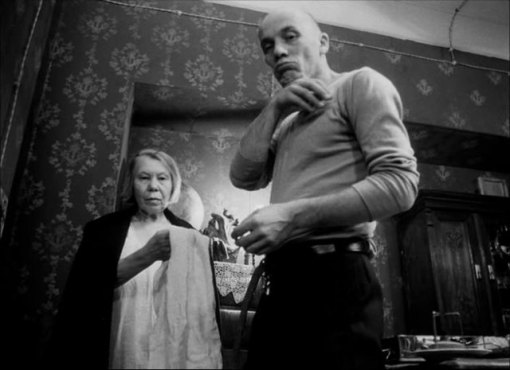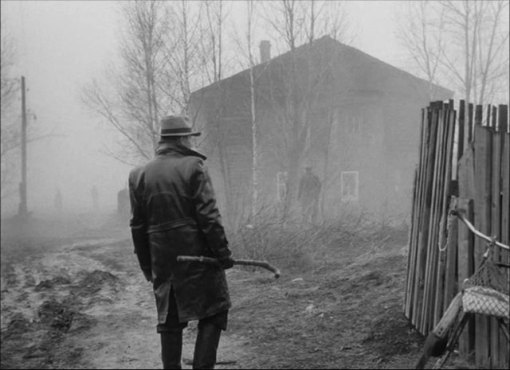One can’t help but wonder if Bela Tarr, who was currently in the transitional part of his career during this film’s release, was aware of this. It has hints of his fingerprints on it, but to me, it’s something of an improvement. If there was some sort of middle ground between Alexander Kluge’s filmography and Tarkovsky’s Zerkalo, this would be it. The entire experience feels a little inconsequential, perhaps because I can’t fully understand the circumstances facing impoverished Russian villages during the 1930s, I can certainly admire the film from a purely technical standpoint as well as for its attempt to infuse memory into something rather episodic.
I don’t want to get too far into singing this movie’s praises without mentioning that for all intents and purposes, this movie ultimately doesn’t succeed in being a nostalgic recollection of vignettes, but really just a nice slice of life story that is beautifully photographed and has elements of memory kind of tacked on after the fact. The detachment German shows for the film’s narrator (and presumably, the protagonist on some level) makes his words out to be more of a frame story than a poetic meditation. As is the case, the narration tends to interrupt the flow of the images. Although it is not the type of flow that is so crucial in the aforementioned works of Tarr and Tarkovsky, the film’s wandering steadicam does seem to create a rhythm, a form of breathing almost, all on its own.
As evident as Tarkovsky’s influence is, it does not dominate the film in any manner. The shots are long and composed with the type of bizarre beauty that evokes Stalker in addition to Zerkalo, but German is working under different circumstances. The shots seem to be compiled almost at will – like through an innate desire on the part of the filmmaker to capture every moment in the closest possible way. At least this is the case when there’s a lot of walking to be done and truthfully, there really is a lot of walking here. Perhaps that’s the most overt connection to Tarr, the amount of walking, which seems trivial if not comical at first, but there’s something to be said for filmmakers who capture the single activity that is most frequently edited out of movies.
It is not my intent to downplay German’s unique cinematic vision by throwing comparisons on top of comparisons, but the small town “community/family” motif of Ozu’s work is echoed in both content and visuals. There are several (fairly) static shots down long corridors that lead to a collection of men proceeding to get intoxicated. It’s perhaps a bit too easy of a way to build comradery, but there is an inherent connection I get from seeing people photographed intoxicated, especially the way it is done here. The overall message of the film is debatable and probably lost on someone who is a little iffy on the politics, but personally, it seems to embody the importance of family – be it natural or forced.




It is a Great film, A film about an era that is going to end soon with Stalin’s darkest era to emerge within a coming year. The protagonist will surely become Stalin’s villain, and the people that we see in the movie… well, those most certain will be dead. Stalin’s prosecutions of the Russian people are not the theme that Russian’s cinematographers are playing with joyfully – it is a hot potato, a theme that they don’t like to play with. And when they play , and play good – those are masterpieces. Like Burnt by the Sun. Or this movie – which is strange in a sense – it has no prosecutions, it has no Stalin’s genocide of the Russians…and still – it is there, to come. And the gloomy style of the movie is leading us to there. No Russian/Soviet Union grown people will miss that. It is there.